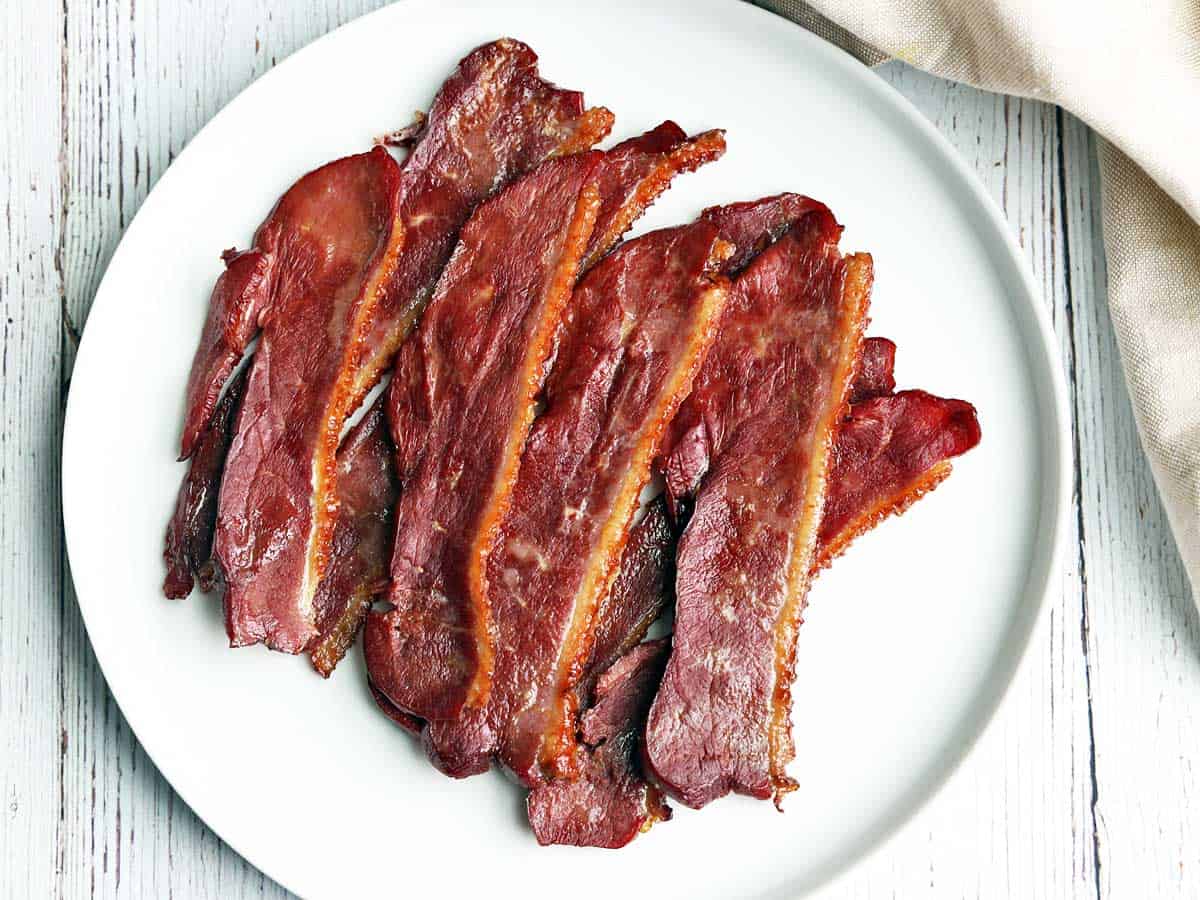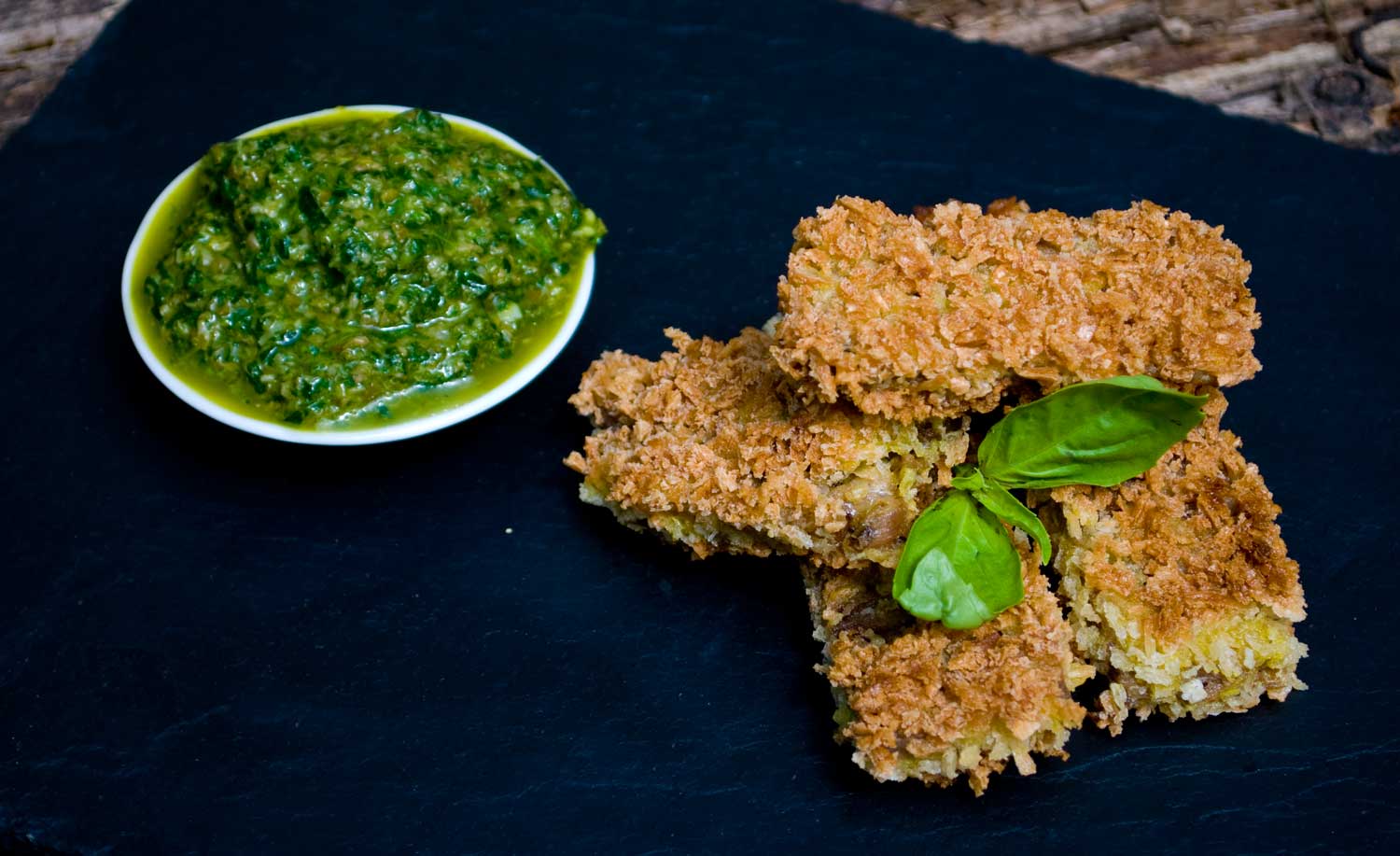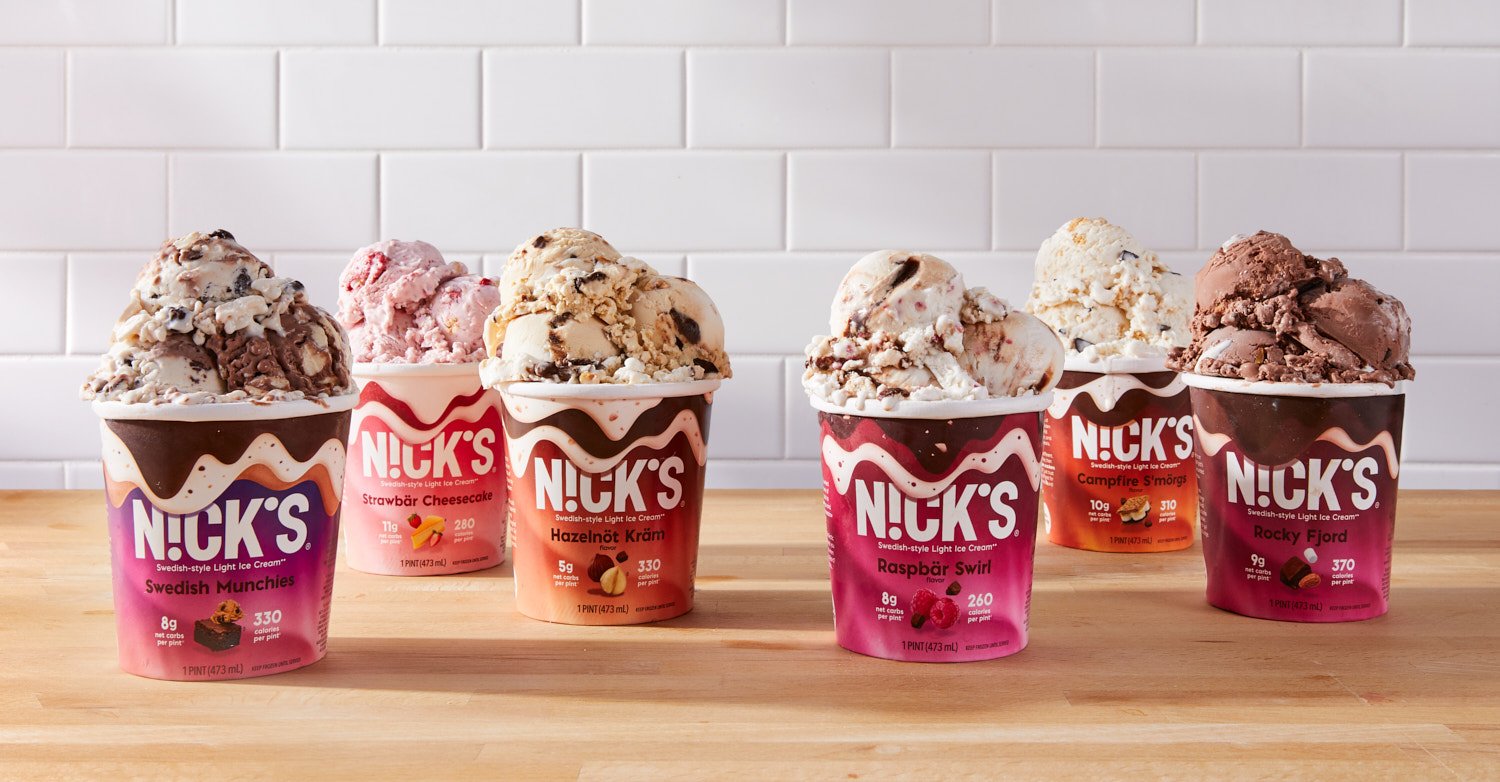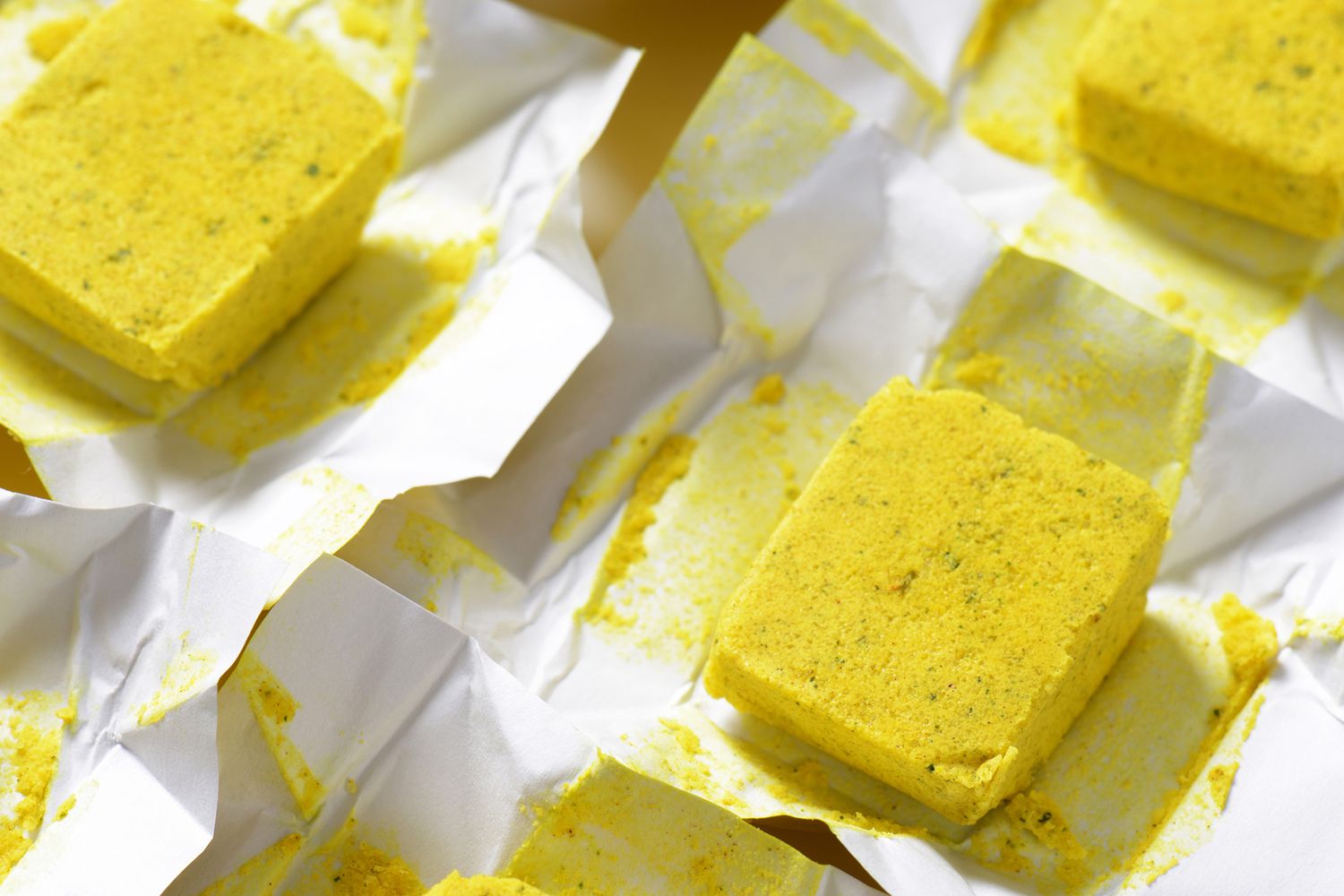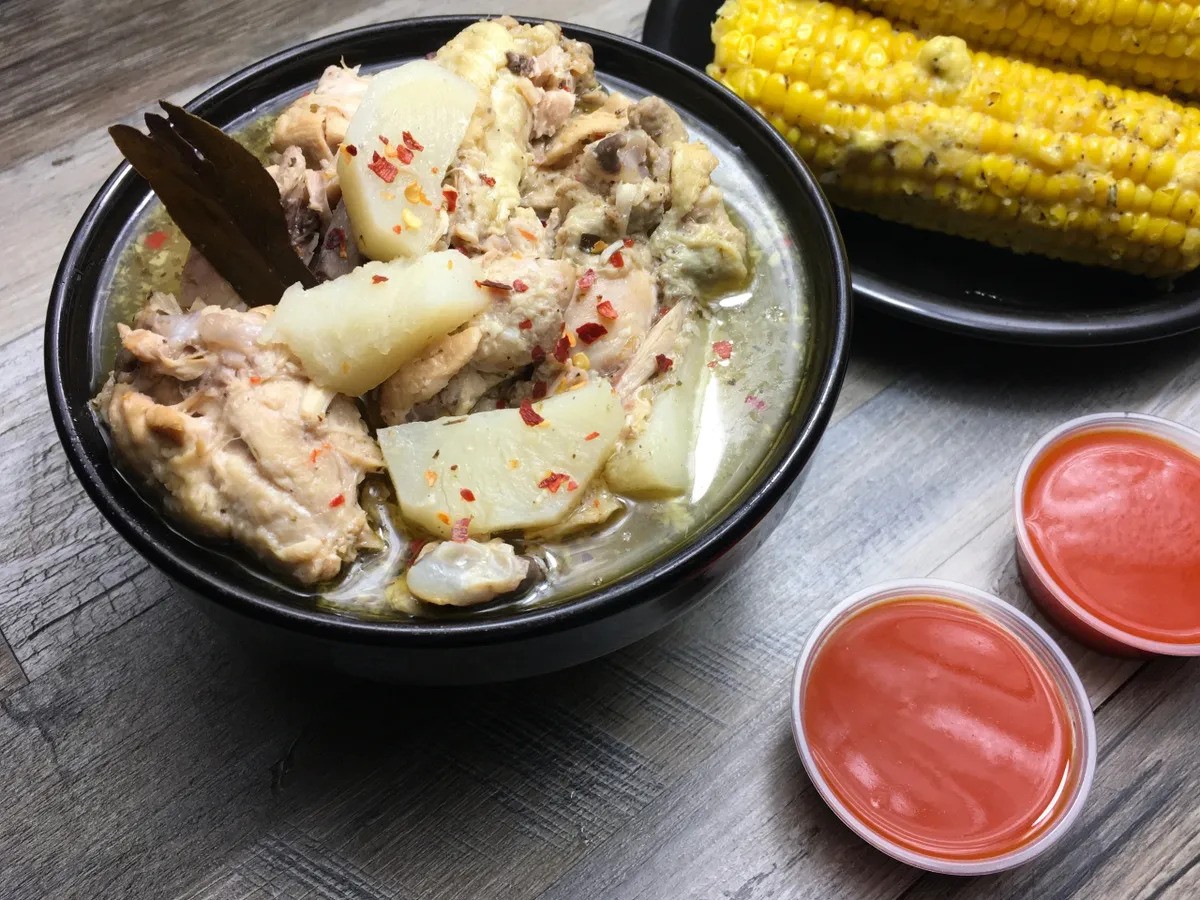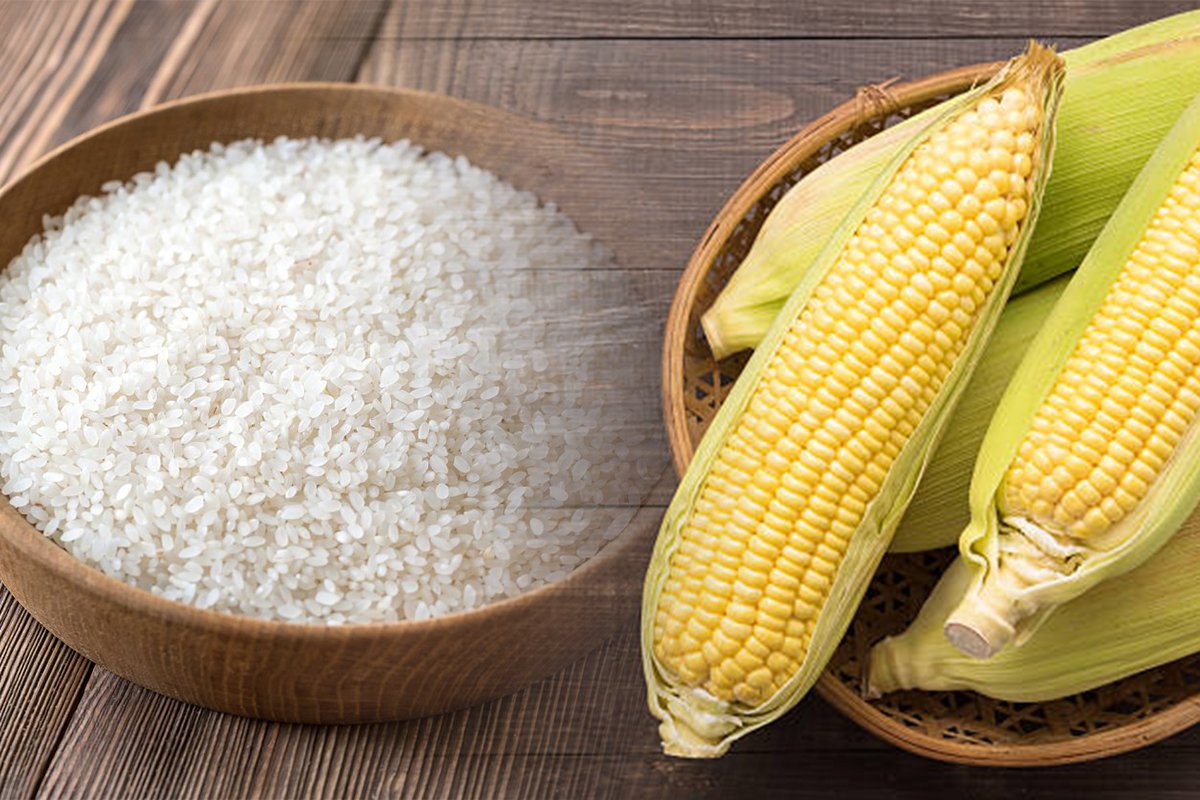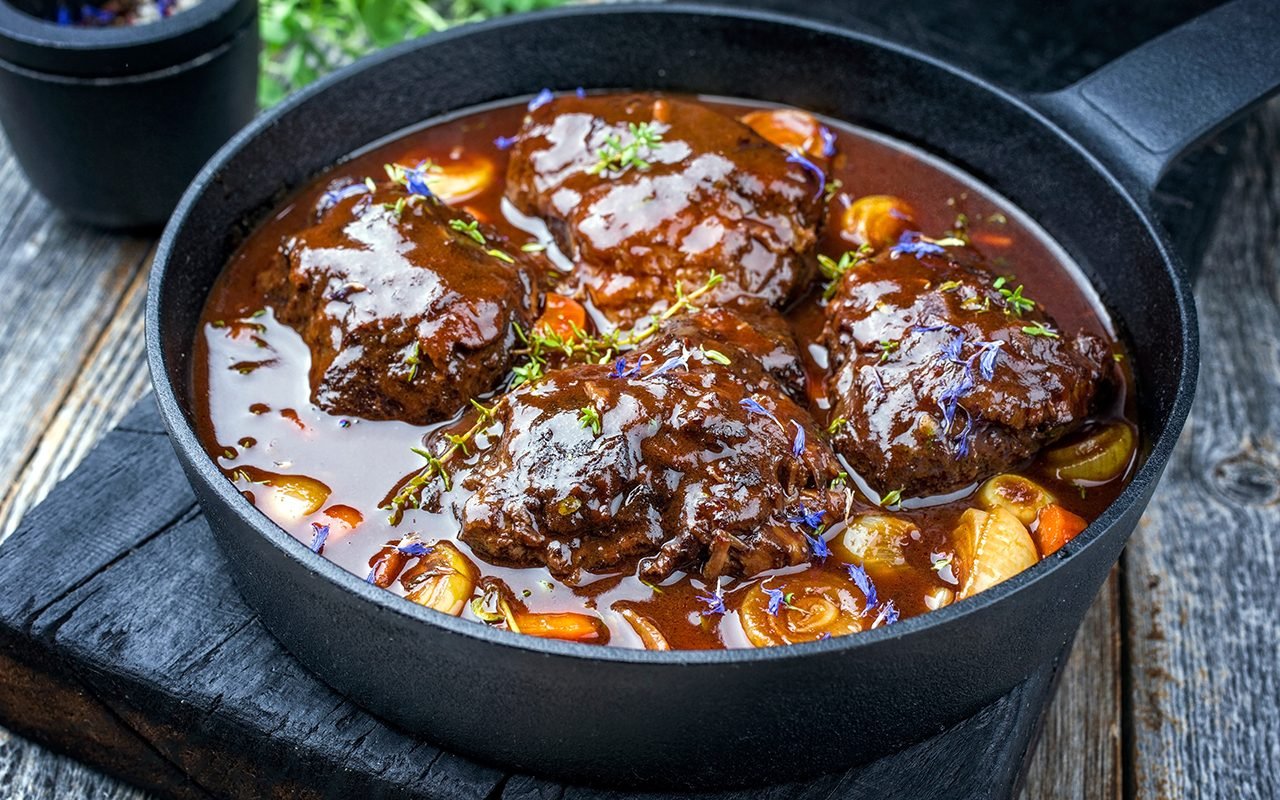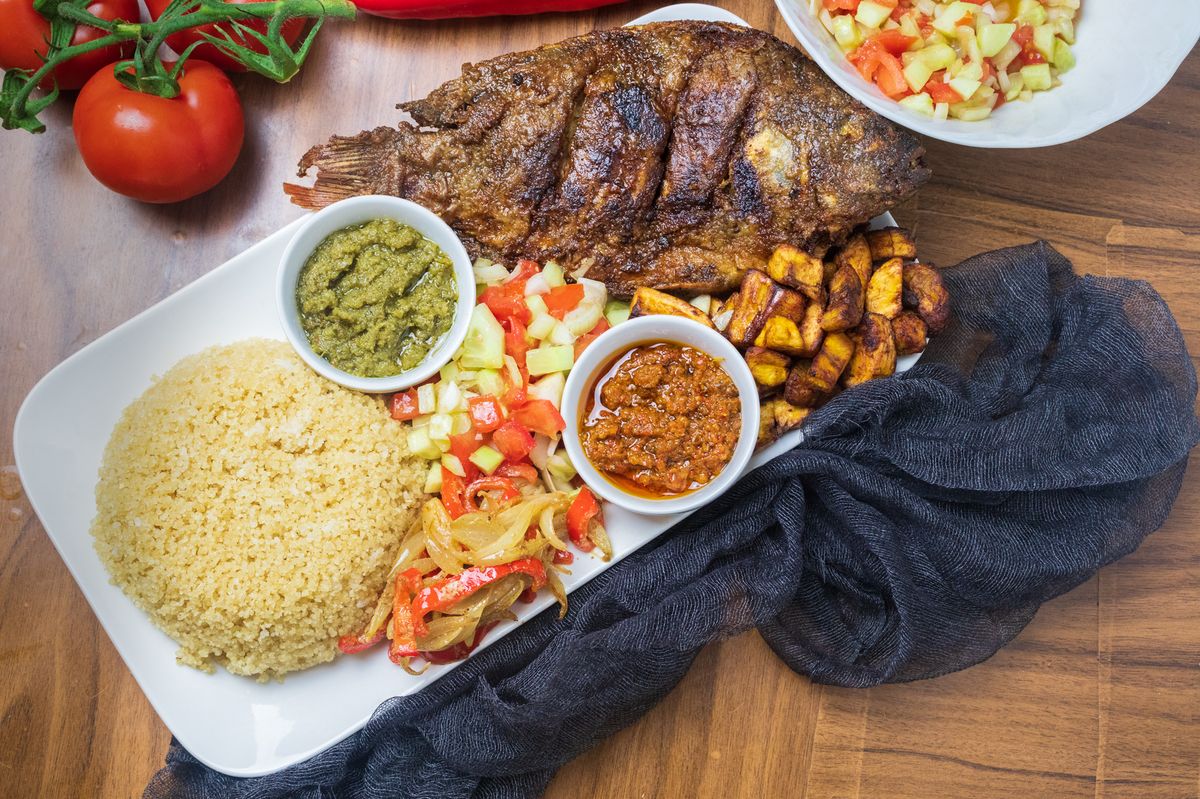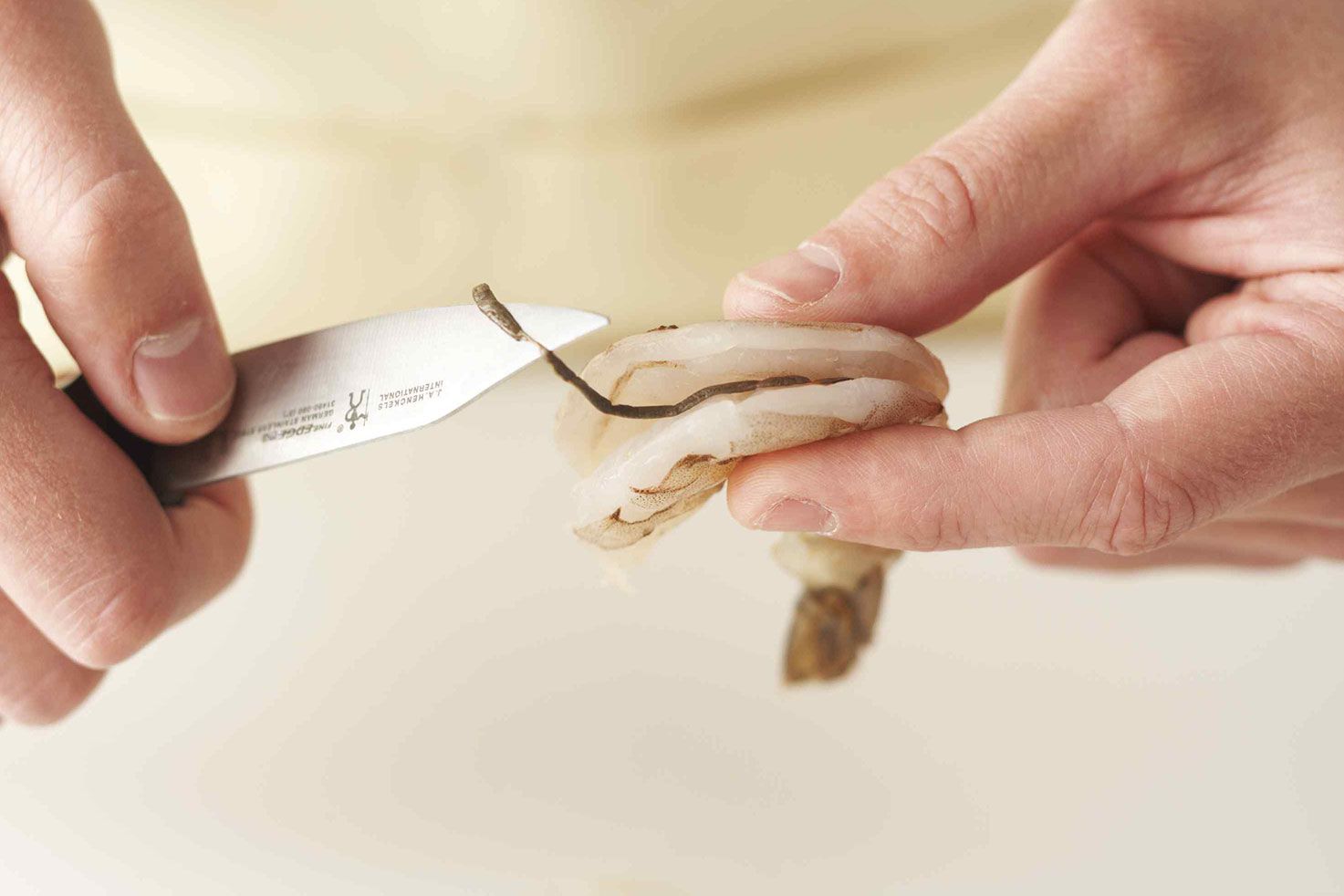The Difference Between Baby Back Ribs and Spare Ribs
When it comes to barbecue, few things are as mouthwatering as a rack of ribs. But if you’ve ever been to a barbecue joint or perused a menu, you may have noticed that there are different types of ribs available, namely baby back ribs and spare ribs. So, what exactly is the difference between the two?
Baby Back Ribs
Baby back ribs are taken from the top of the ribcage between the spine and the spare ribs. They are shorter, curved, and meatier compared to spare ribs. Baby back ribs are known for their tenderness and leaner meat, making them a popular choice for many barbecue enthusiasts.
Here are some key characteristics of baby back ribs:
- Tenderness: Baby back ribs are known for their tenderness, making them a favorite among rib lovers.
- Meatiness: They are meatier compared to spare ribs, offering a satisfying bite with each mouthful.
- Cooking Time: Due to their tenderness, baby back ribs generally require less time to cook compared to spare ribs.
Spare Ribs
Spare ribs, on the other hand, are taken from the belly side of the ribcage, below the baby back ribs. They are longer, flatter, and fattier compared to baby back ribs. Spare ribs are known for their rich flavor and succulent meat, making them a favorite for those who enjoy a more indulgent rib-eating experience.
Here are some key characteristics of spare ribs:
- Flavor: Spare ribs are known for their rich, flavorful meat, thanks to the higher fat content.
- Texture: They have a meatier texture compared to baby back ribs, offering a satisfying chew.
- Cooking Time: Due to their higher fat content, spare ribs generally require a longer cooking time to render the fat and become tender.
Which One Should You Choose?
When it comes to choosing between baby back ribs and spare ribs, it ultimately comes down to personal preference. If you prefer leaner, tender meat with a shorter cooking time, baby back ribs are the way to go. On the other hand, if you enjoy a richer, fattier flavor and don’t mind a longer cooking time, spare ribs may be the perfect choice for you.
Both types of ribs can be cooked to perfection with the right seasoning, smoking technique, and barbecue sauce, so you really can’t go wrong with either choice. Whether you’re hosting a backyard barbecue or ordering from your favorite rib joint, knowing the difference between baby back ribs and spare ribs can help you make the perfect selection for your next rib feast.
So, the next time you’re craving some delicious, fall-off-the-bone ribs, consider whether you’re in the mood for the tenderness of baby back ribs or the rich flavor of spare ribs. Whichever you choose, you’re in for a finger-licking good time!
Was this page helpful?
Read Next: What Is Bitter Lemon
